CHOOSING A FAMILY PET
- By Admin
- •
- 07 Mar, 2017
- •
A pet can bring tremendous joy to a family. Whether its being entertained by their charming antics or the calming effects of stroking their bodies, they de-stress our lives. While pet ownership is a responsibility, a family pet should not be a burden. Careful consideration needs to be given to the pet’s expected longevity, demands for daily care and attention, and expectations of interactions with small children and other pets in the household.
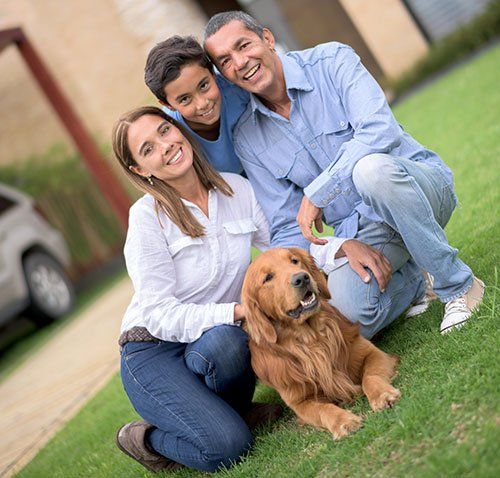
Dogs and parrots tend to demand the most attention and do best when regular attention is provided. They also require at least some basic training. For dogs, coming when called and walking on a leash (owner walking dog and not dog walking owner) provides for a more enjoyable relationship. Additional training is at each person’s discretion. Since my dogs have always been unruly, my “free spirit” approach is not appreciated by some. Be prepared for scornful glares if yours is not “well behaved.” Parrots need to be trained to stand on the hand and step up onto the hand when outside of their enclosure to best engage with their owners. Most parrots will occasionally bite and owners will need to be tolerant of this. Choose one with a small beak if this is a concern.
Cats in general do fine without a daily routine and get by if a couple of days pass without attention. With that said, cat personalities and preferences for human interaction vary considerably. While some cats like to be held or sit on laps most do not. Some prefer to be appreciated from a distance. Most do what they feel like irrespective of what you want. While an occasional cat will “act like a dog” if cuddly and responding with attention on your terms is desired than a cat may not be a fit for you.
Cats in general do fine without a daily routine and get by if a couple of days pass without attention. With that said, cat personalities and preferences for human interaction vary considerably. While some cats like to be held or sit on laps most do not. Some prefer to be appreciated from a distance. Most do what they feel like irrespective of what you want. While an occasional cat will “act like a dog” if cuddly and responding with attention on your terms is desired than a cat may not be a fit for you.
Children will always chase the kitty, tease the dog and want to pick up and hug their pets. While the kitty can run and hide, a dog needs to be tolerant of a child’s handling. Most Golden Retrievers and Labrador Retrievers respond with their tail wagging to any attention even if their skin is being grabbed or twisted. On the other hand, a herding breed or terrier or most small breeds will not tolerate this. Choosing the appropriate breed for the household is critical. Some dogs do best in a household with older children and adults where human behaviors are better controlled.
If a dog or cat is not possible, a rat makes a great pet. They are intelligent and engaging. You want to get a young rat so that it develops a desire to be handled. Rats handled from a young age are generally more tolerant of being carried about by children than rabbits and guinea pigs.
Reptiles vary greatly in terms of pet qualities and generally require a big commitment of time and effort to provide appropriate care and habitat. Some are highly intelligent. Bearded Dragons and Tortoises can develop strong bonds and attachment to their owners.
Once you have decided on a pet, it is a good idea to take it to the veterinarian for an examination before getting attached. Having a thorough examination and review of care, diet and behavior can prepare you for your new responsibility and avoid surprises and frustration. Remember that as pets age, they often need more care and attention to their health needs. You’ll be rewarded though to find that the silly puppy or kitten aged to develop a character all of their own that you’ll remember as a once in a lifetime. 
There is currently a confirmed local outbreak of H3N2 canine influenza. Reports of influenza cases began around 01/10 and significantly increased in number 01/15. Cases have been reported primarily from San Jose, Campbell and Sunnyvale.
The H3N2 strain of influenza Type A was first seen in the U.S. in Chicago in 2015. The virus is highly contagious and dogs can have mild symptoms that may be mistaken as so called “kennel cough” or more severe symptoms resulting in fever and pneumonia.

Holiday time presents some situations which can be hazardous to your pet’s health. A little planning and taking extra precautions will keep the holidays a happy time for everyone.
Holiday food favorites can be dangerous for dogs watch out for “counter surfing” with food left on counters and serving areas. Fats, gravies and poultry skin can lead to gastrointestinal upset or worse pancreatitis. This inflammatory condition of the pancreas often requires hospitalized care and can be fatal. Keep trash where your pet cannot get to it. Food scraps and packaging can be delectable for your pet.

Inflammation within the joints, osteoarthritis, is common in dogs with about 20% suffering the effects. It is a slowly evolving disease with development of joint pain, stiffness and limitation of motion. The most common cause is abnormal stresses on normal cartilage. Even tiny imperfections in the joints can lead to mechanical breakdowns and the resultant inflammation. The progression of the disease can be affected by body weight, amount of exercise and genetic influences.
The first symptom is loss of normal performance followed by stiffness after rest that usually lasts only a few minutes. Next, quality of life is affected – decreased exercise tolerance, not getting in or out of the car without help and decreased activity. These problems are frequently blamed on the pet’s increasing age. Progressive disease leads to lameness of a sudden or slow development. In some dogs there may be behavioral effects of joint discomfort including nervousness, aggression, depression and loss of appetite.

Superficial shell abscesses and erosions, or shell rot as it is often called, is a common problem in aquatic chelonians. The keratin scutes that cover the bony shell develop defects or develop dark, pale or pink discolorations. The problem usually occurs as a result of infrequent water changes, lack of a filtration system, filtration system not cleaned and/or too low an environmental temperature.
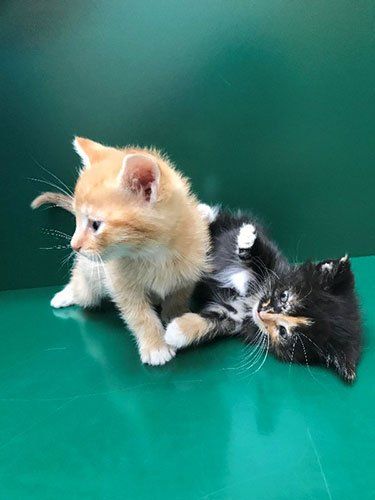
Miramonte Veterinary Hospital has been working with various rescue organizations to help kittens/cats and the occasional rat or rabbit find their permanent home. We do not receive any support or funding but do this as our contribution to the community.
Kittens ready to go to their new home:
Lemon Meringue: ~ 8 weeks old, male, castrated
Chocolate Banana Cream: ~ 8 weeks old, female, spayed
Lemon Meringue: ~ 8 weeks old, male, castrated
Chocolate Banana Cream: ~ 8 weeks old, female, spayed
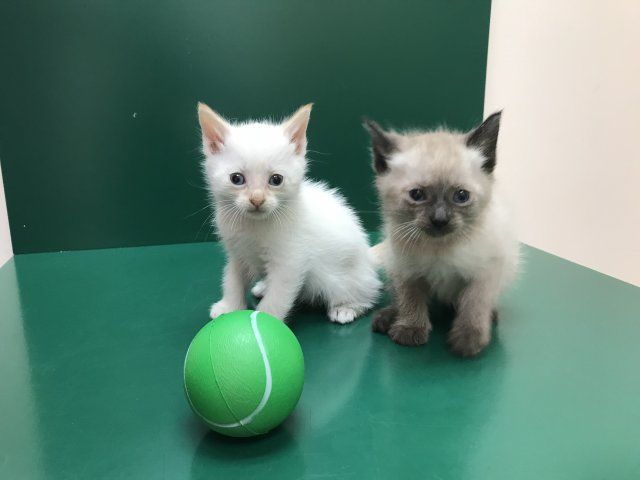
Miramonte Veterinary Hospital has been working with various rescue organizations to help kittens/cats and the occasional rat or rabbit find their permanent home. We do not receive any support or funding but do this as our contribution to the community.
Kittens ready to go to their new home:
Coconut Cream: ~ 8 weeks old, male, castrated
Chocolate Mousse: ~ 8 weeks old, male, spayed
Coconut Cream: ~ 8 weeks old, male, castrated
Chocolate Mousse: ~ 8 weeks old, male, spayed
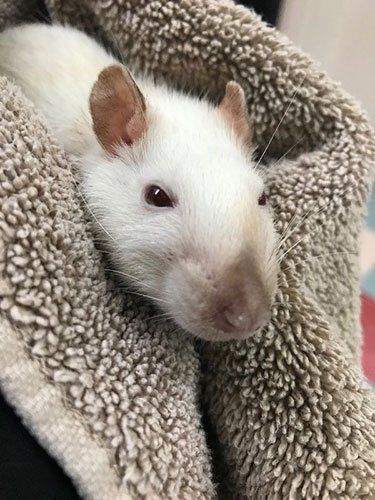
Miramonte Veterinary Hospital has been working with various rescue organizations to help kittens/cats and the occasional rat or rabbit find their permanent home. We do not receive any support or funding but do this as our contribution to the community.
Vanilla Bean is a female rat who has been spayed. She loves to sit on your lap. She is ready to be yours!
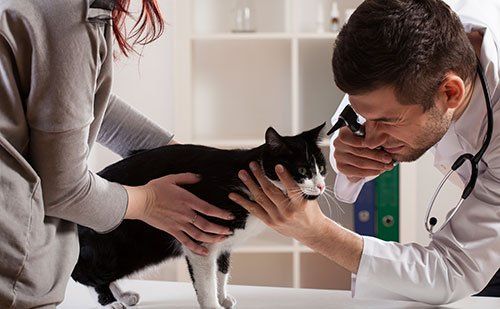
Few problems can be as frustrating for pet owners (and veterinarians) to deal with as allergies. For dogs and cats the itchy feeling can cause severe irritation and self-mutilation. Treating allergies can be as simple as an effective flea control. However, in severe cases obtaining complete control of allergies can be elusive and necessitate multiple treatments. It is almost always a lifelong problem and can be expensive to control.
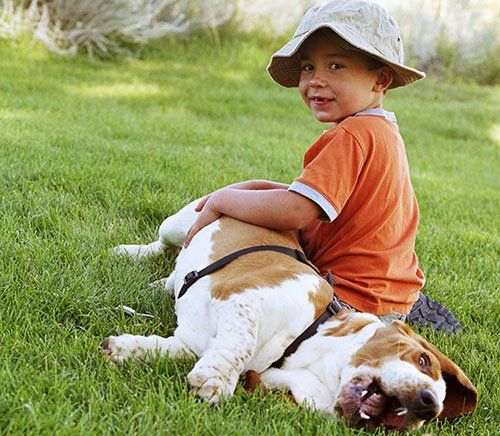
The weather here is as perfect as it gets for being outdoors at any time of day and any day of the year. So when warm weather comes the effects on our pets can come as a surprise especially on a midday hike in the hills or traveling to a warmer area. The effects of heat stroke can come quickly and mortality is 50%.
Heatstroke occurs when the body is generating more heat that it can get rid of. Short-nosed breeds of dogs, obese dogs, older dogs and those with upper airway or heart disease have more difficulty regulating body temperature. Nervous and excitable dogs along with those being excessively exercised are also at risk. Signs of heat stroke may begin with excessive panting and appearing distressed and becoming restless. Large amounts of saliva may come out of the mouth and/or nose. Weakness and difficulty in standing may then occur and you may notice gums looking bright red or purple/blue.






